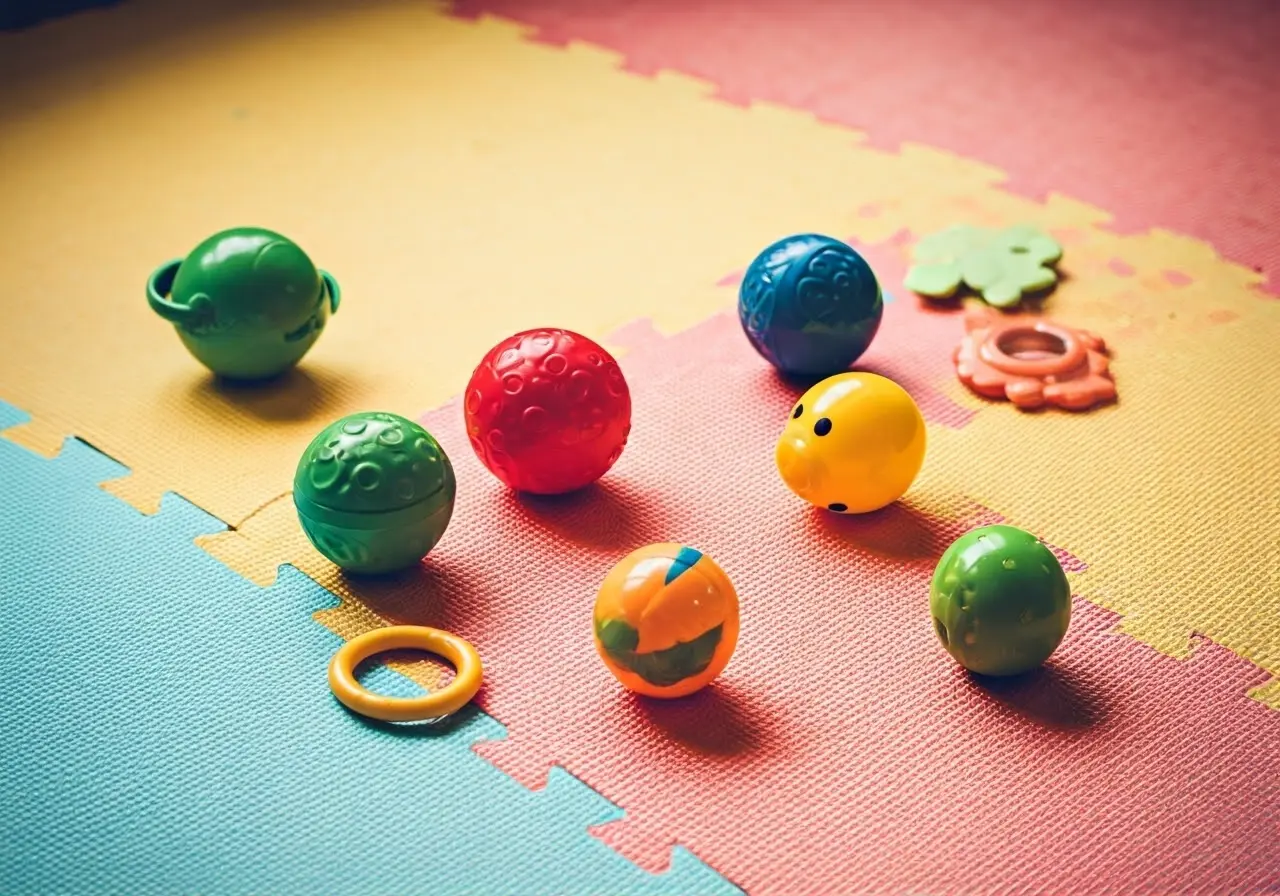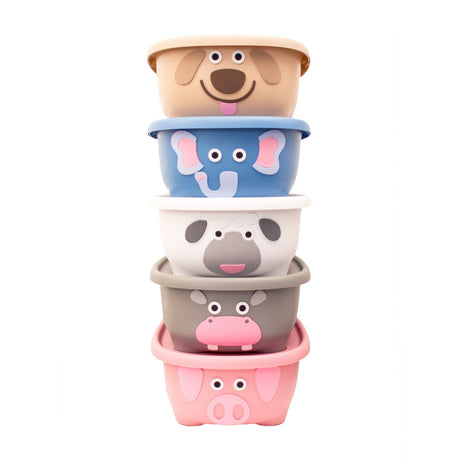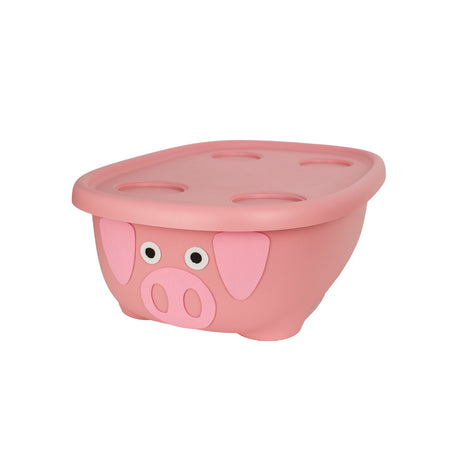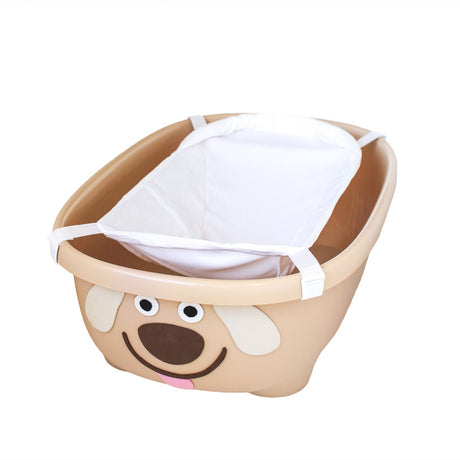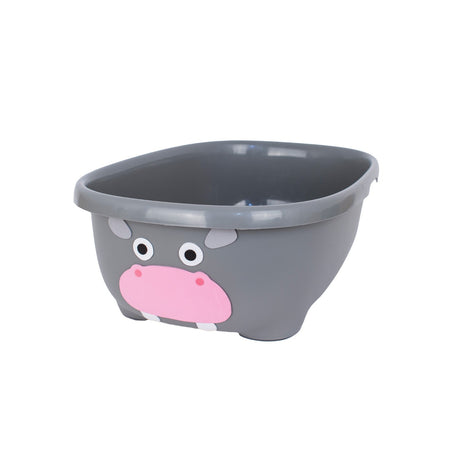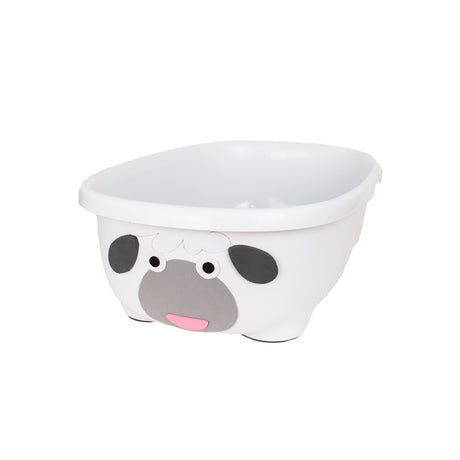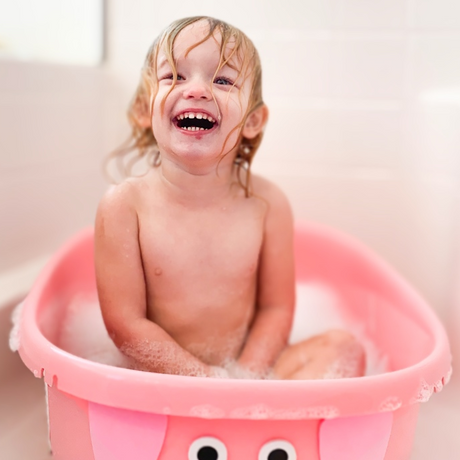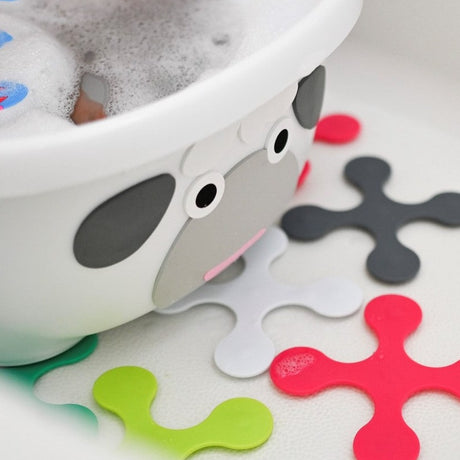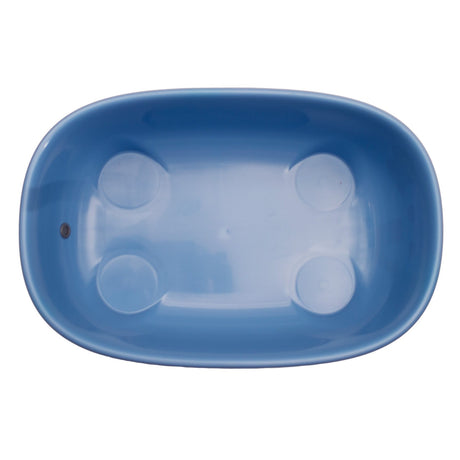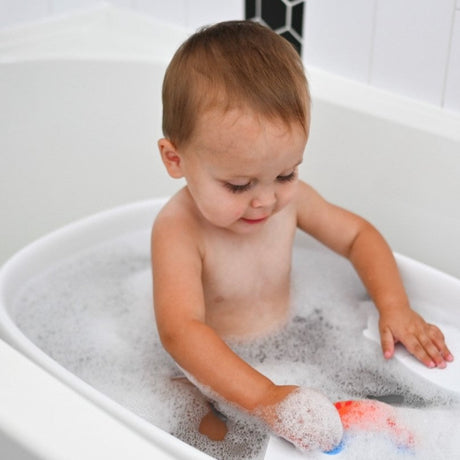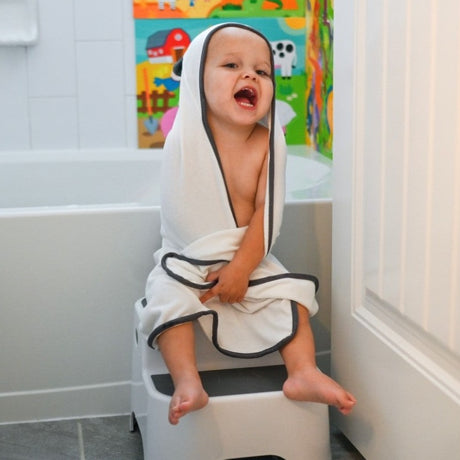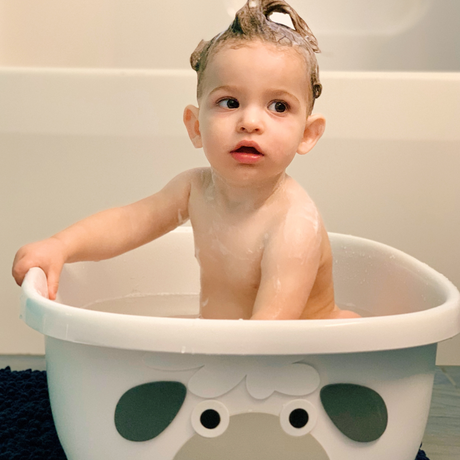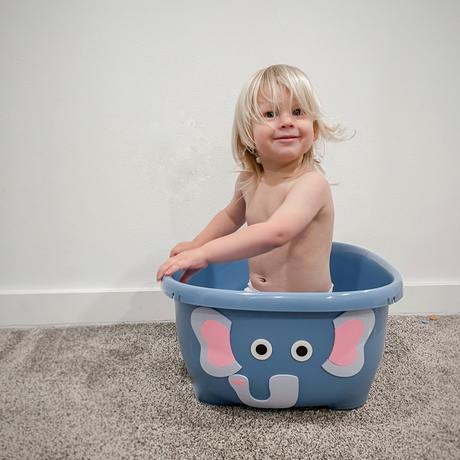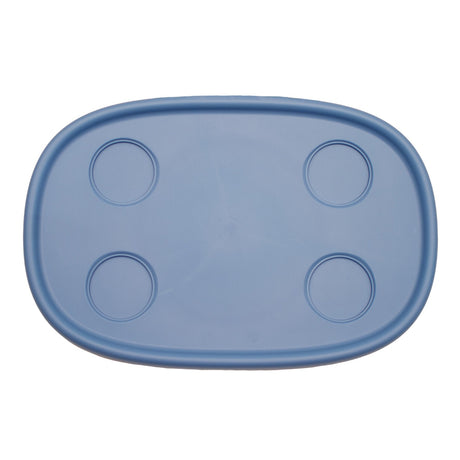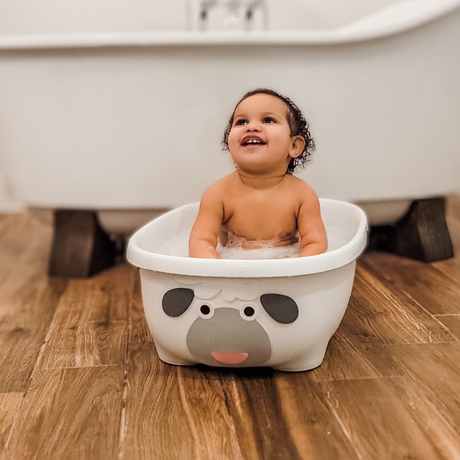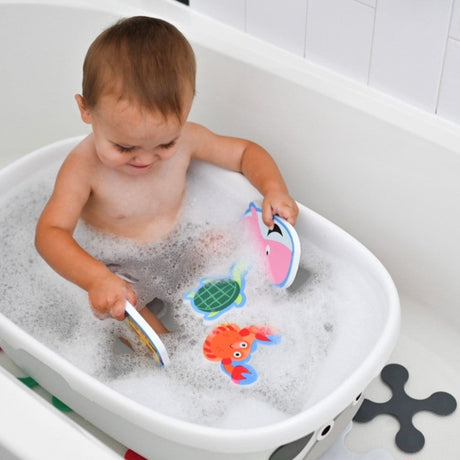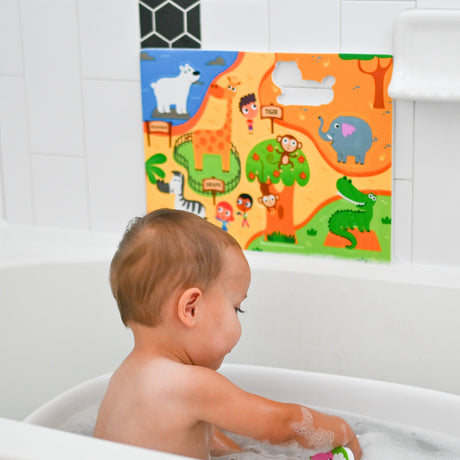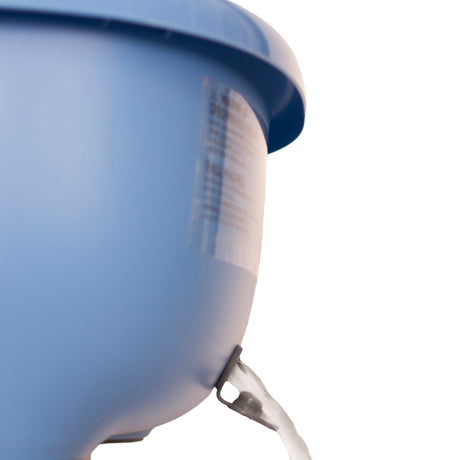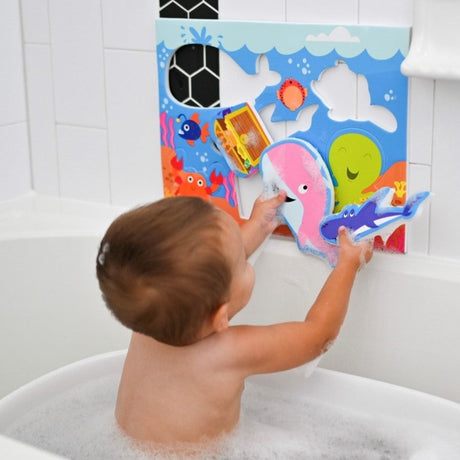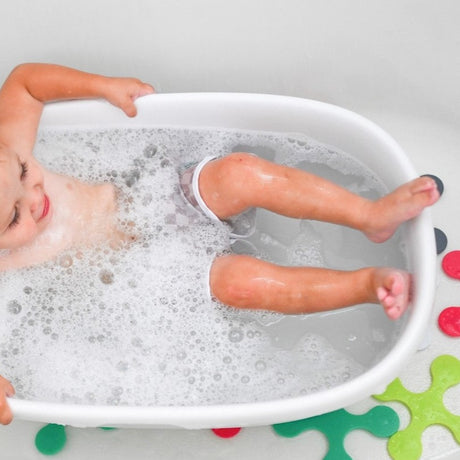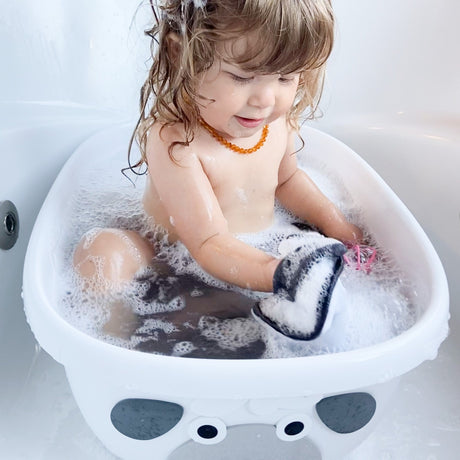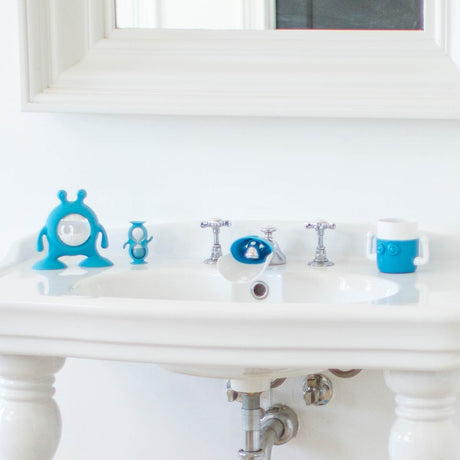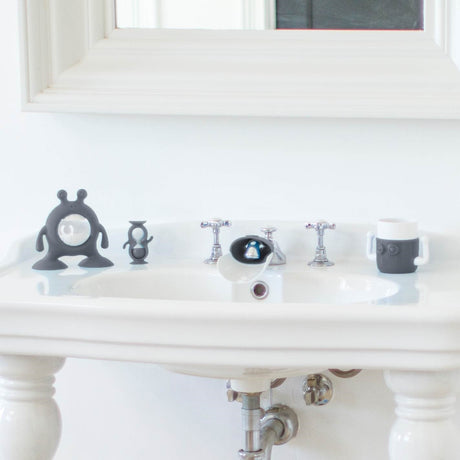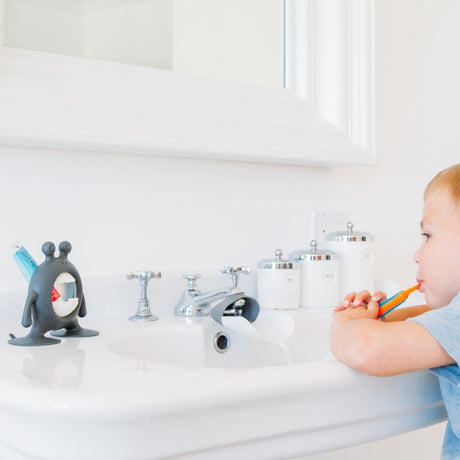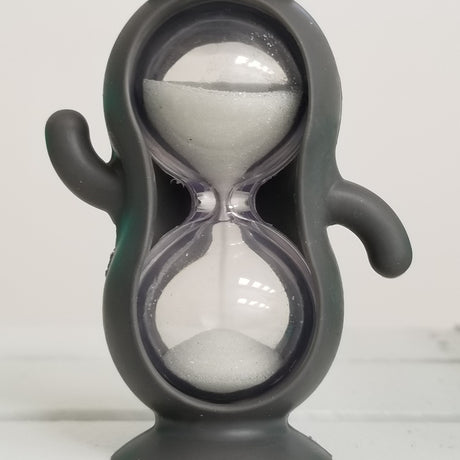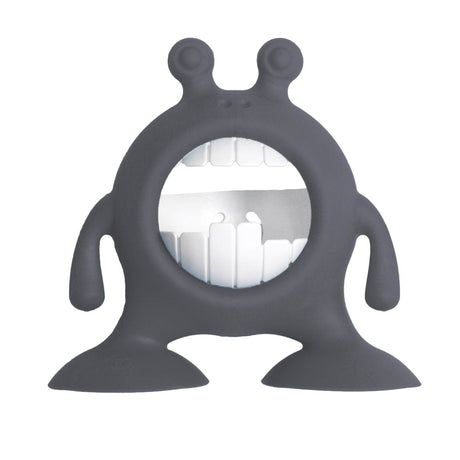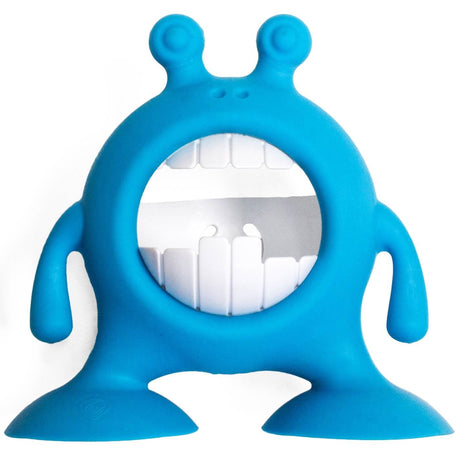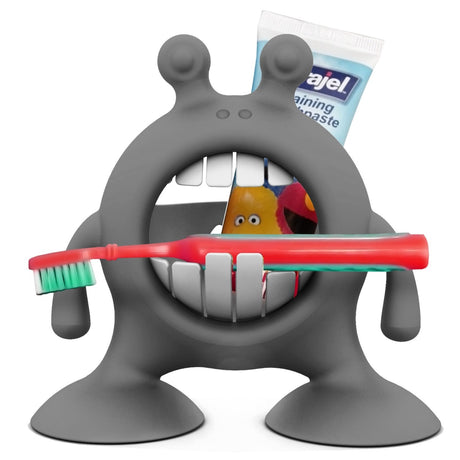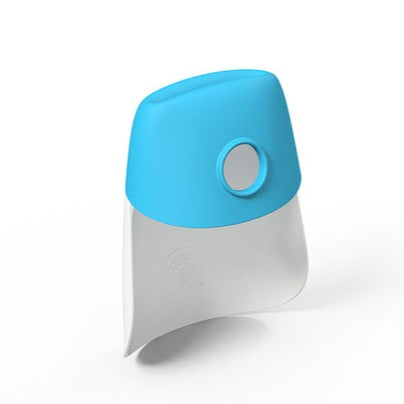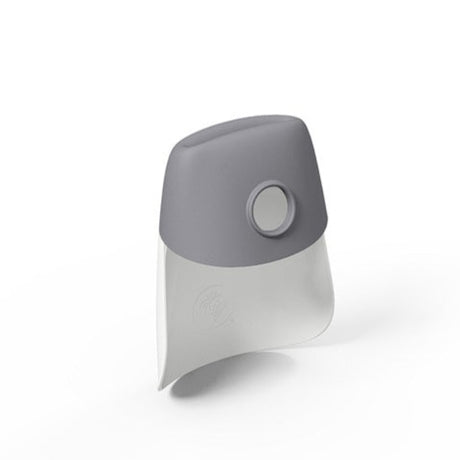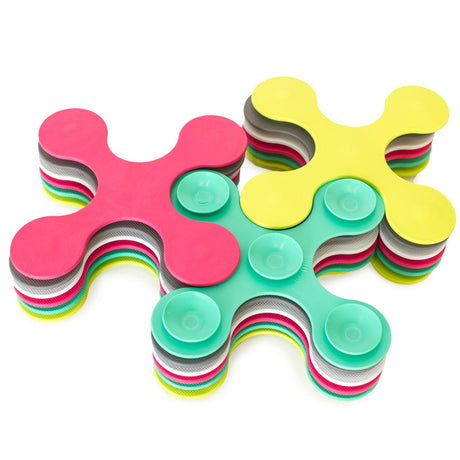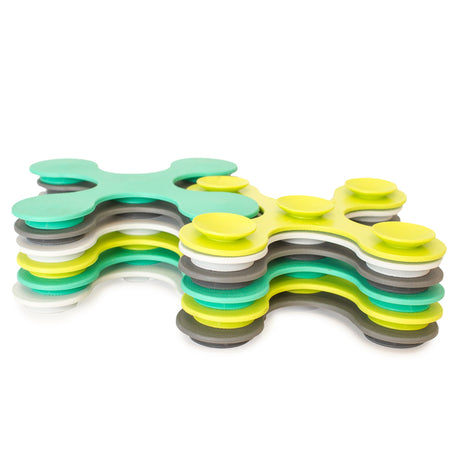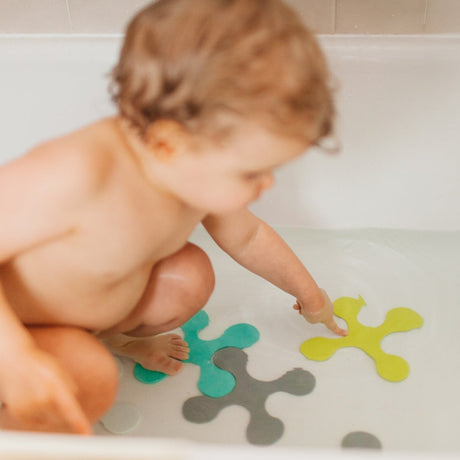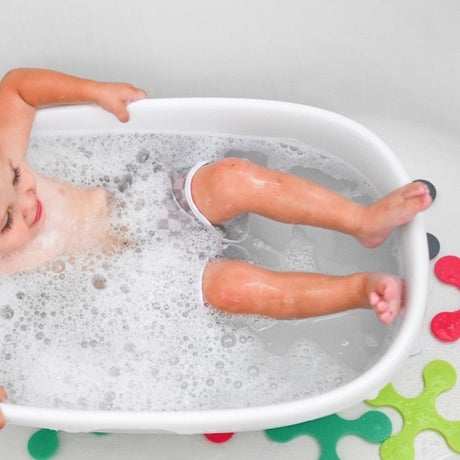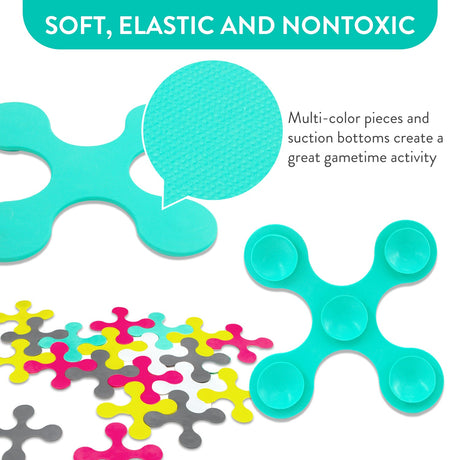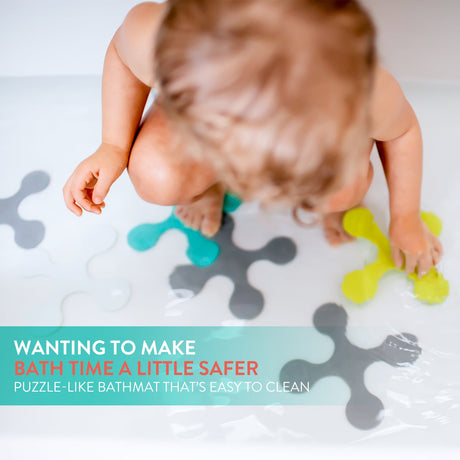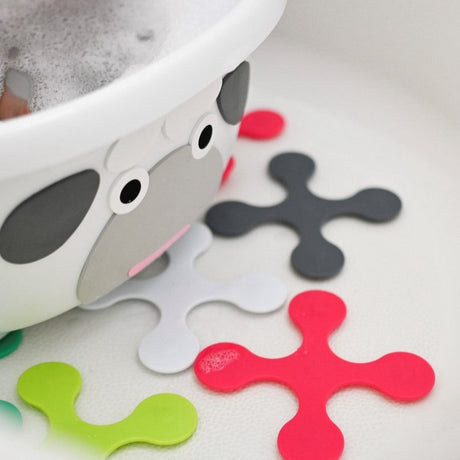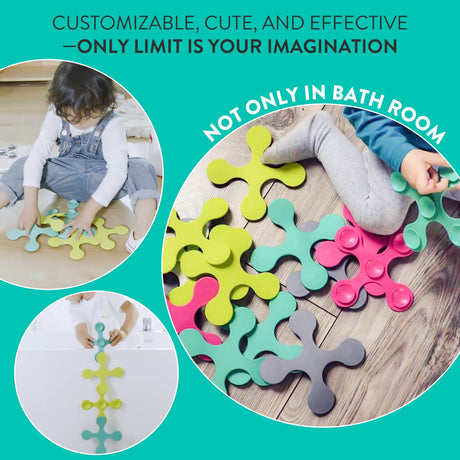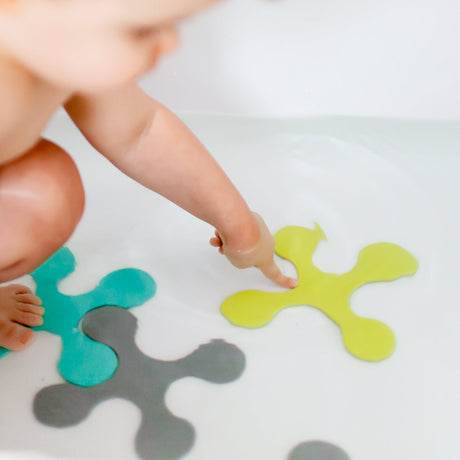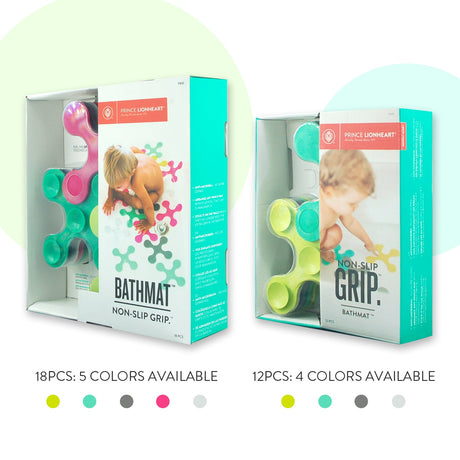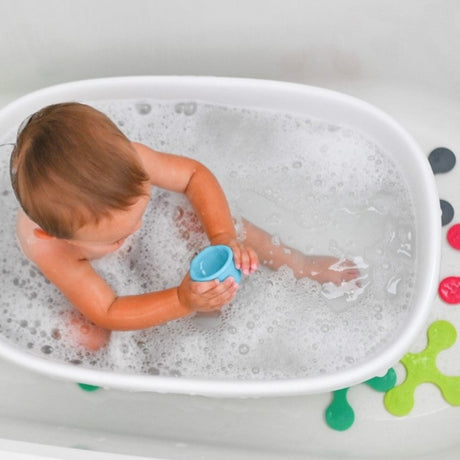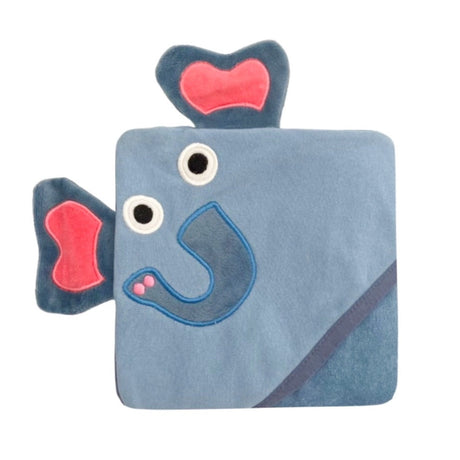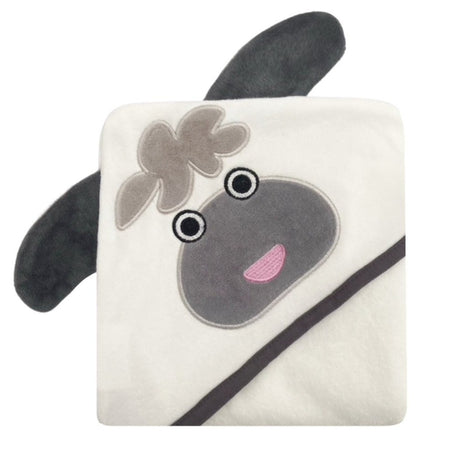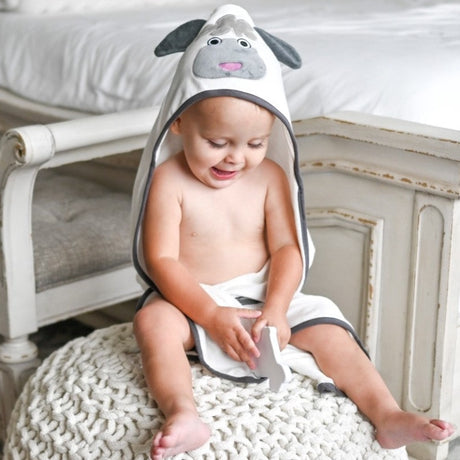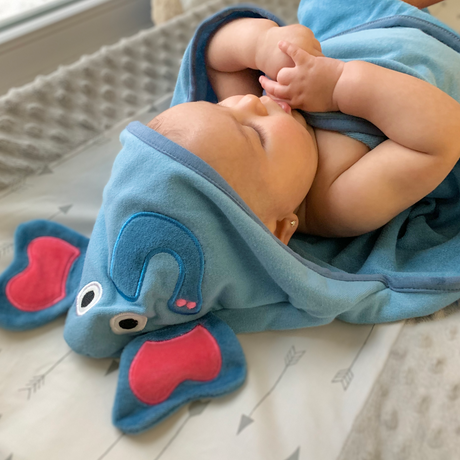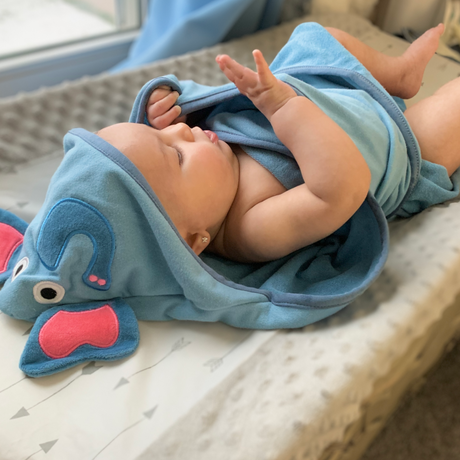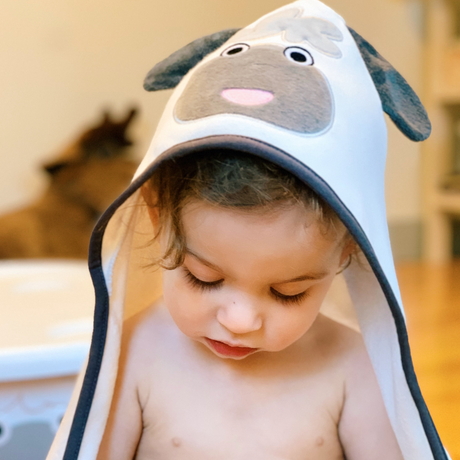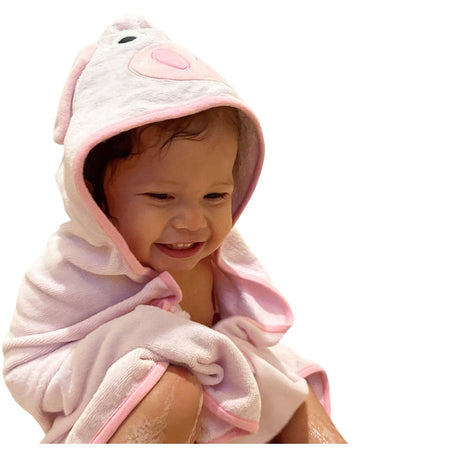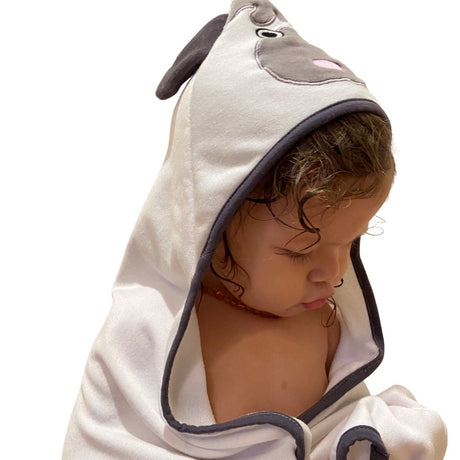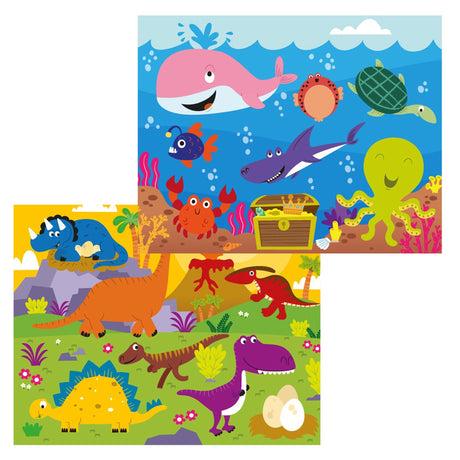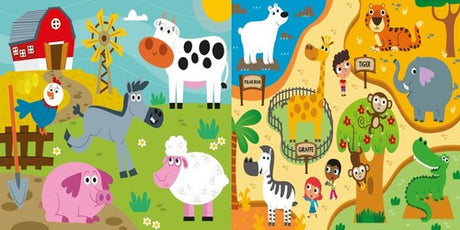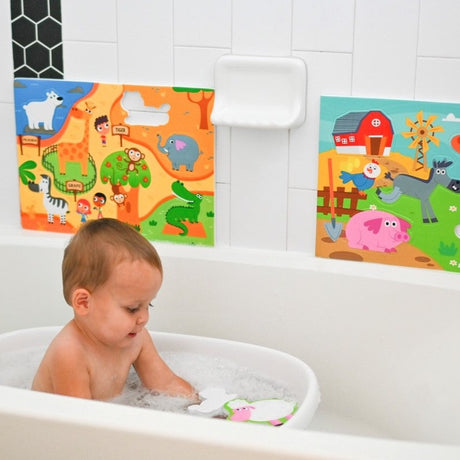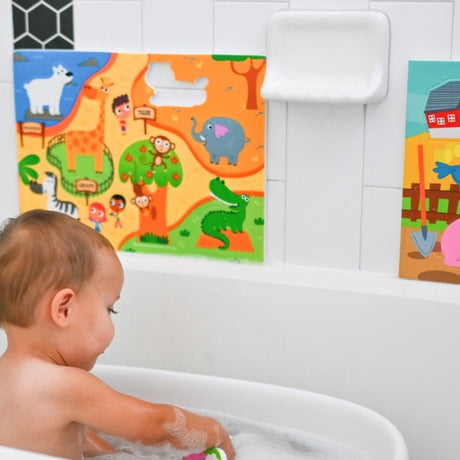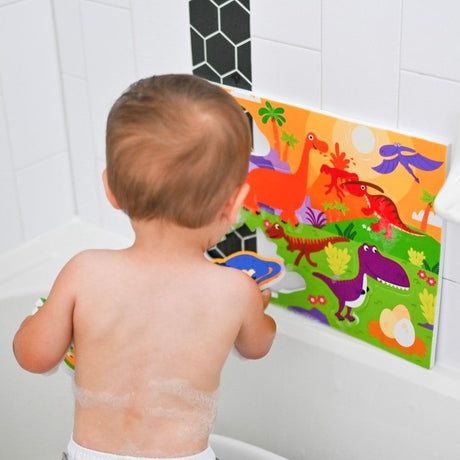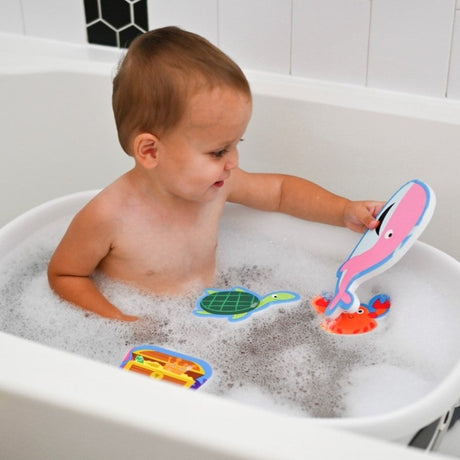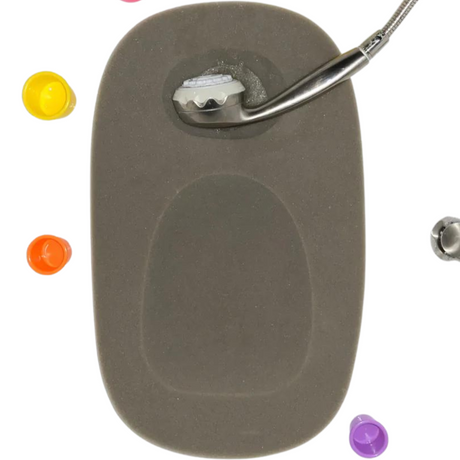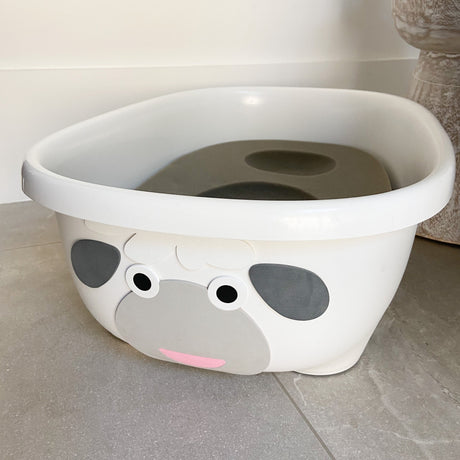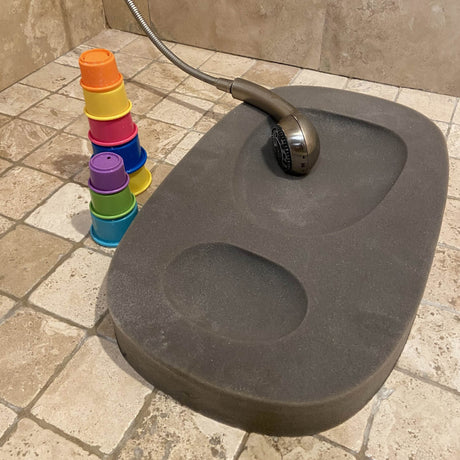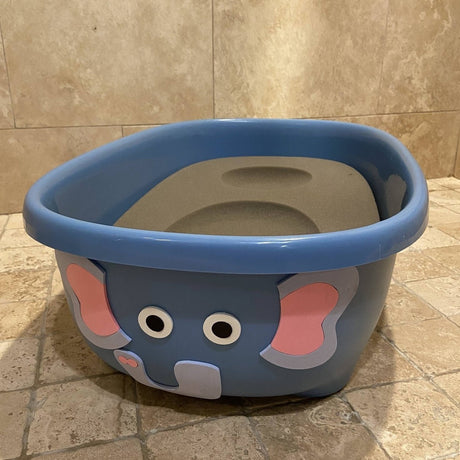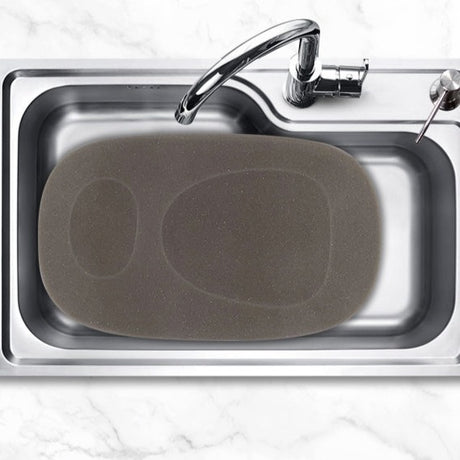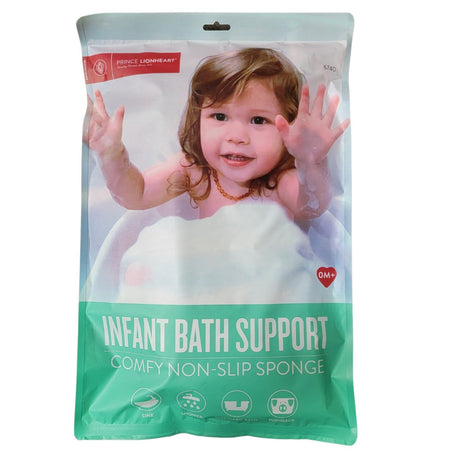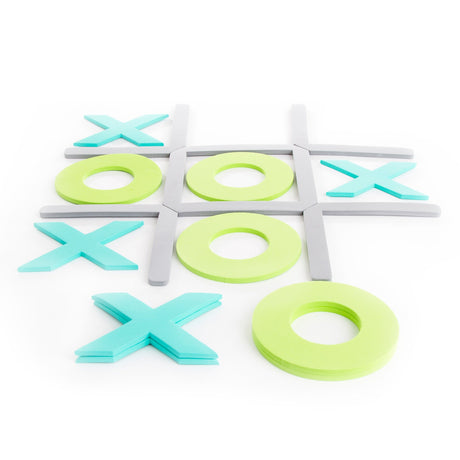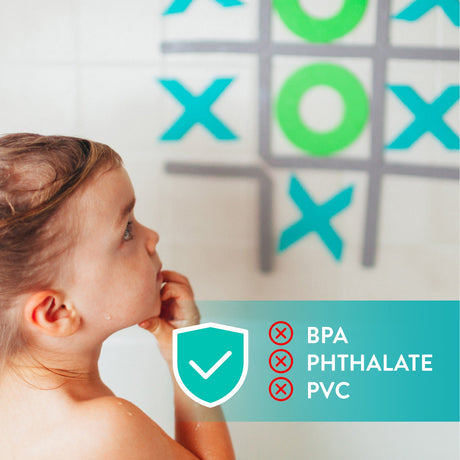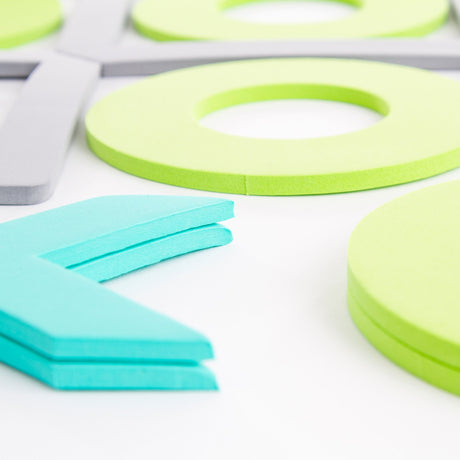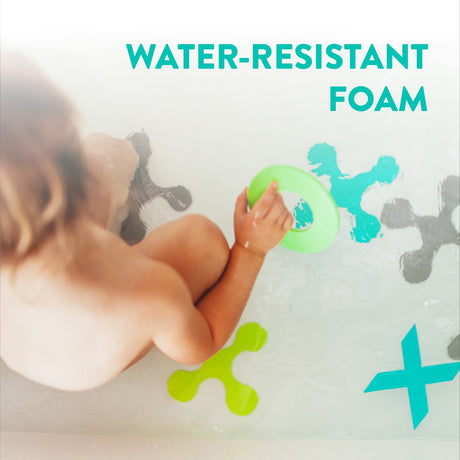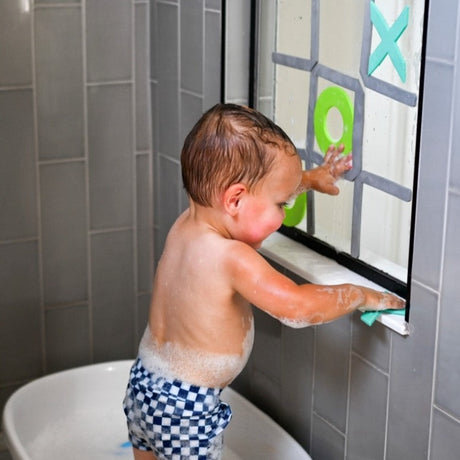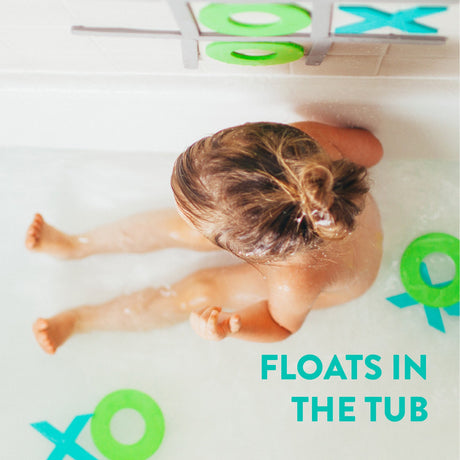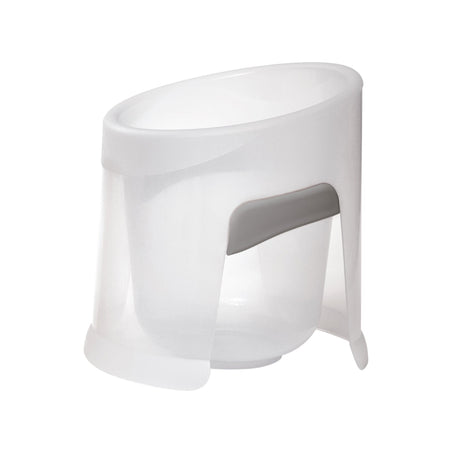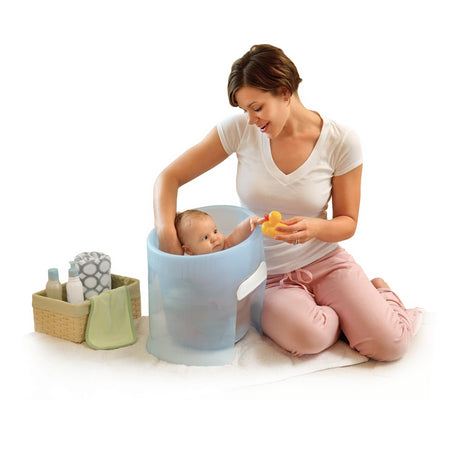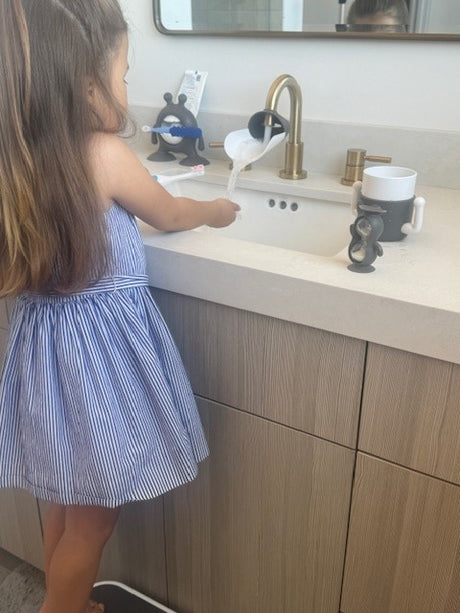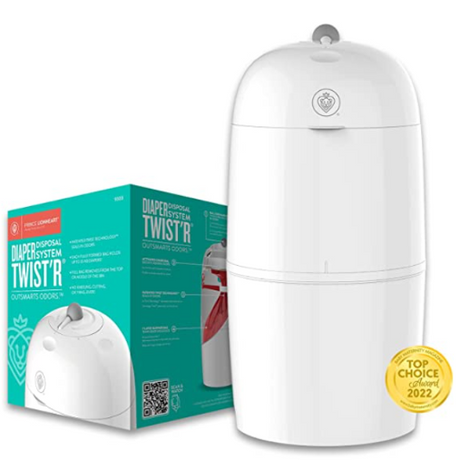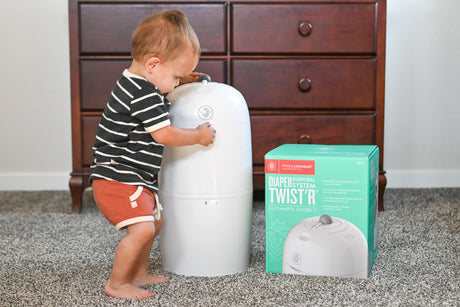Encouraging your baby to play freely is essential for their physical, cognitive, and social development. However, ensuring that they play safely in various environments can be challenging. In this blog post, we’ll explore tips and strategies to provide safe yet enjoyable play experiences for your baby, whether at home, outdoors, or places in between.
Understanding the Importance of Safe Play
Play is a fundamental part of a baby’s growth and development. It is through play that they learn to interact with the world around them, develop motor skills, and foster creativity. From stacking blocks to playing peekaboo, each activity builds a foundation for cognitive and social skills. Encouraging play that is both safe and engaging helps avoid unnecessary risks while allowing your baby to explore new environments with confidence. According to the ECLKC’s guide on keeping babies safe, maintaining a safe play environment involves close supervision and reducing hazards within the play space.
One of the key aspects of safe play is understanding the unique developmental stages of your child. During their first year, babies experience rapid growth and cognitive development, which means their play needs to evolve alongside them. For instance, while infants may enjoy simple sensory exercises, toddlers require more complex and active play that challenges their fine and gross motor skills. This dynamic progression encourages parents to stay tuned with their child’s abilities and adapt playtime accordingly. By providing the right toys and following recommended safety practices, we can ensure that playtime also represents safe learning time.
Creating a Safe Play Area at Home
Ensuring that your home environment is safe is the first step. From choosing baby-friendly furniture to securing hazardous items, there are many precautions you can take to create a safe haven for play. Home playspaces should be free of small items that pose choking hazards and sharp-edged furniture that could lead to injuries. Regularly inspect toys, equipment, and furniture for wear and tear. By using baby gates on stairs and securing heavy furniture to walls, you reduce risks significantly. Prince Lionheart’s baby safety products can help safeguard the home environment against common hazards.
Planning for Outdoor Baby Play
Spending time outside is incredibly beneficial for babies. Learn how to prepare for outdoor play by choosing safe play equipment, providing proper supervision, and protecting your baby from environmental elements. Whether it’s a picnic in the park or a visit to the local playground, understanding the essentials of outdoor safety for infants and toddlers is crucial. Ensure that playground surfaces are appropriate for cushioning falls and that play structures are suitable for your child’s age and ability.
Outdoor play offers ample opportunities for babies to develop physically and socially. As you venture into nature, it’s vital to shield your child from potential dangers such as direct sunlight, poisonous plants, or stinging insects. Equipping your baby with a wide-brimmed hat and sunscreen helps protect delicate skin from harmful UV rays. Water safety is another critical factor to bear in mind when planning outdoor activities involving pools or streams. Swimming safety tips recommend constant supervision and the use of protective barriers around water sources.
Navigating Play in Public Spaces
Public spaces like parks and playgrounds offer diverse play opportunities. Discover how to assess the safety of these areas and ensure a pleasant playtime experience. Before heading out, inspect playground equipment for stability and examine the surrounding surface materials to ensure they can properly absorb impacts from falls. According to safety guidelines, adult supervision is fundamental when navigating public play areas. It allows you to assess equipment safety and prevent interactions with objects or areas that may be unsafe for your baby.
In public places, keeping an eye on your child can reduce the risk of accidents significantly, especially as they become more adventurous. By teaching them basic safety rules and maintaining visibility at all times, you bolster their confidence in exploring new environments. Community spaces often have varying safety standards, so it’s crucial to remain vigilant and ensure that the play equipment is well-maintained. Additionally, inform yourself about emergency protocols and locations of first-aid kits to be well-prepared for unexpected situations.
Adapting Play for Travel and Visits
Travel and visits to relatives or friends require additional considerations. Explore tips on how to ensure safe play when you’re away from home. Portable playards and baby-proofing kits can be a lifesaver during travels, establishing a familiar and secure play environment wherever you go. Always inspect your destination for potential hazards like choking risks or unstable furniture. Traveling also involves choosing the right car seat to ensure your child’s safety throughout your journey.
While on the road, consider packing compact and versatile toys that can entertain your little one without posing safety risks. Utilize travel containers to keep small toys organized and avoid clutter around play areas in unfamiliar settings. Besides, using trusted travel and safety tips during visits can help maintain consistent safety routines. Even in new environments, sustaining predictable play patterns fosters a sense of security for your baby as they explore the world beyond their regular spaces.
Final Thoughts on Safe Baby Play
Encouraging safe baby play across different environments doesn’t have to be complicated. By understanding the unique needs and safety considerations of each setting, you can create nurturing play experiences that promote your baby’s development while providing peace of mind. Embrace the joy of play and watch your baby grow and learn in safe and engaging spaces. For more insights on baby safety, visit our comprehensive Baby Safety Guide.
